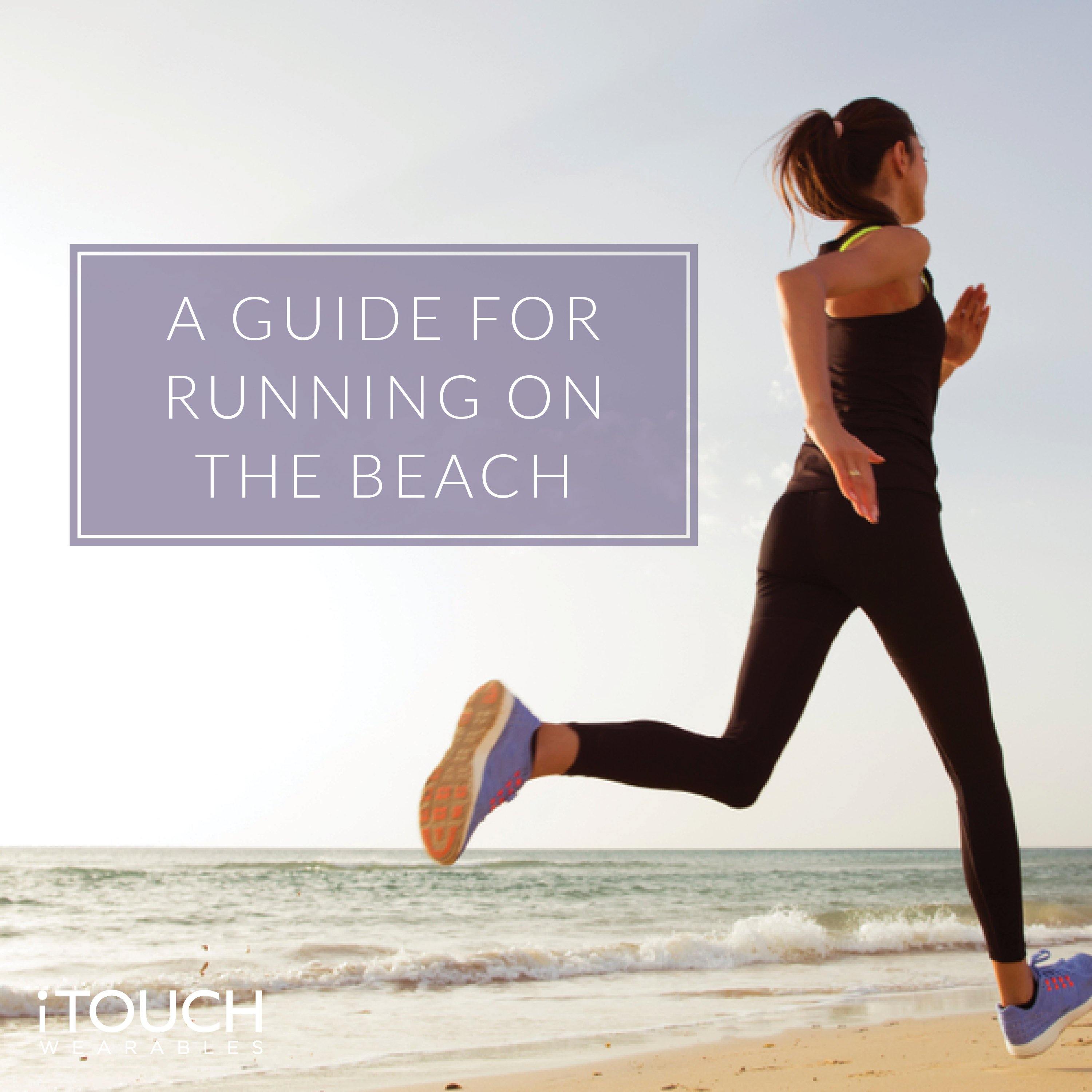
A Guide For Running On The Beach
The suns out, the weather is warmer, and your days are now getting open with vacation time, school being out, and summer setting in! Do you know what that means: it is time for one of the most popular dating app jokes - "Taking Long Walks On The Beach." Well, maybe in some form or another. Today, we are going to discuss how great a run and workout on the beach can be for those wanting to stay in shape this summer. Why not capitalize on the beauty of the beach and the strength-enhancing workout running on sand provides. Beach running—especially on dry, loose sand—strengthens your arches, ankles and other below-the-knee muscles more than running on harder surfaces. So if you are curious about wanting to start running on the beach, look no further. This is our guide for running on the beach:
When To Run On The Beach

"Running on sand requires you to generate more force and work through a fuller range of motion, from your ankles to your hip flexors and arms," says Bob Sevene, an elite coach for the Big Sur Distance Project. Several studies have found that running on sand consumes more energy than running on asphalt, burning as many as 1.6 more calories per mile. There's also much less impact force when you run on sand.
When finding time to run on the beach, aim for a time when there is a falling or low tide, as it creates the most level, hard-packed surface for running. As the water recedes, it leaves hardening sand behind—similar to a soft trail you'd normally find in the woods or other parks that's forgiving on the body. It is suggested that one should check the local tide reports before your beach run. Ideally, you want to run at low tide or within an hour or two around the lowest point. Stay close to the edge of the water without getting your feet wet. Some beaches have extremely low tides and allow more room away from the edge of the water to run and still be on packed sand.
A high tide leaves soft, dry sand, which is kindest on the legs, but it's also much harder to power through (it makes 10-minute miles feel like speed work). Because of the added difficulty, your first beach runs should be done in running shoes in the hard, wet sand next to the water, preferably on a falling or low tide.
Should You Run Barefoot or With Running Shoes

When choosing to run barefoot or with running shoes, know that running barefoot on sand allows your feet to move through their natural range of motion. This can be beneficial has it can help to strengthen your feet and ankles. If you start running barefoot on the beach too fast or too frequently, however, you could get injured if you put too much intensity into it. For those wanting to just start running on the beach, it is recommended that you start with short runs, just 15 to 20 minutes, to build strength in your feet. Gradually add five minutes to your barefoot runs as your body adapts and you get comfortable with the motions.
For an added note, be cautious and know that running barefoot on sand can lead to or worsen plantar fasciitis, ankle sprains or Achilles injuries because you don't have the support of shoes; therefore, the muscles get stretched longer than they would on a harder surface.
Beaches also tend to have a lot of shells and other sharp objects you need to watch for—therefore, it is recommended that one wears shoes when running on the beach. There aren't specific shoes designed for running on sand, so you have many options. Using your regular road running shoes is perfectly fine. A lighter-weight trail shoe is also a good choice because of the added grip.
Sand Workouts

Here are a few workouts that we have found that would be beneficial for stating your practice.
The Zigzag:
- Run 10 minutes on the wet, hard-packed sand, gradually accelerating from a slow jog to training pace if you can.
- Head to the dry, soft sand for a one-minute hard run (less than one minute if your breathing gets out of control).
- Cut back to the firm sand for one minute of slow recovery running. Keep these zigzag patterns going until you've done five to 10 one-minute spurts.
- Cool down with a 10-minute easy jog on wet-packed sand.
Sand-Hill Ascents:
- Run 10 minutes on the wet, hard-packed sand, gradually accelerating from a slow jog to training pace if you can.
- Find a tall sand hill or dune that's open to runners. Be aware that most dunes are protected by law so you may not be able to run on them.
- Run to the top or until your breathing gets too hard to continue. Jog back down. Keep jogging around the hill until you've caught your breath. Do five to 15 ascents, depending on the height of the hill.
- Cool down with a 10-minute easy jog on wet-packed sand.
That's it! With this guide, you will be running on the beach in know time!
Share with us your favorite beaches to run on by tagging us on Instagram @itouchwearables and Facebook @itouchwearables. Also, be sure to check out our new articles published daily!
-Patrick


